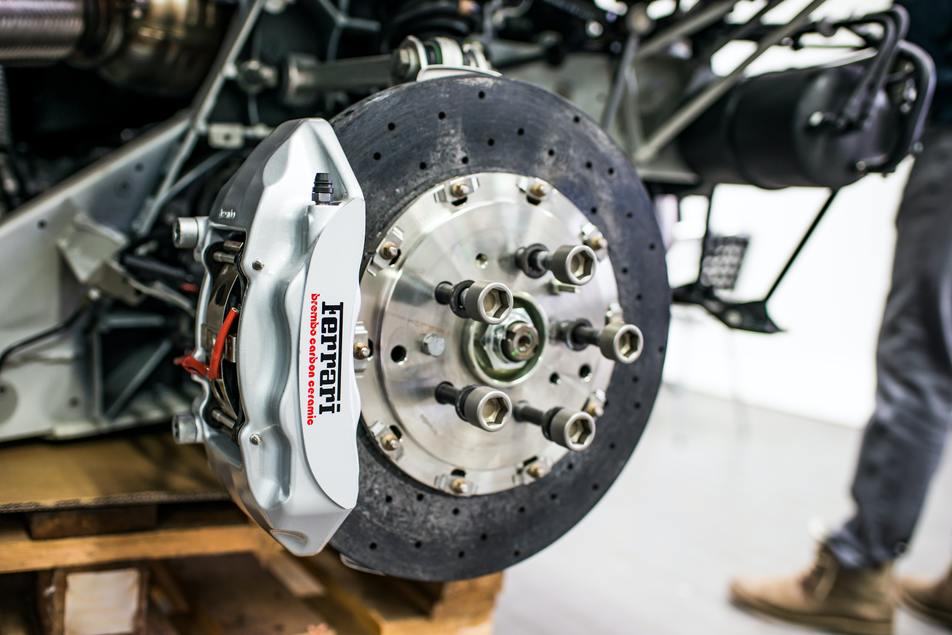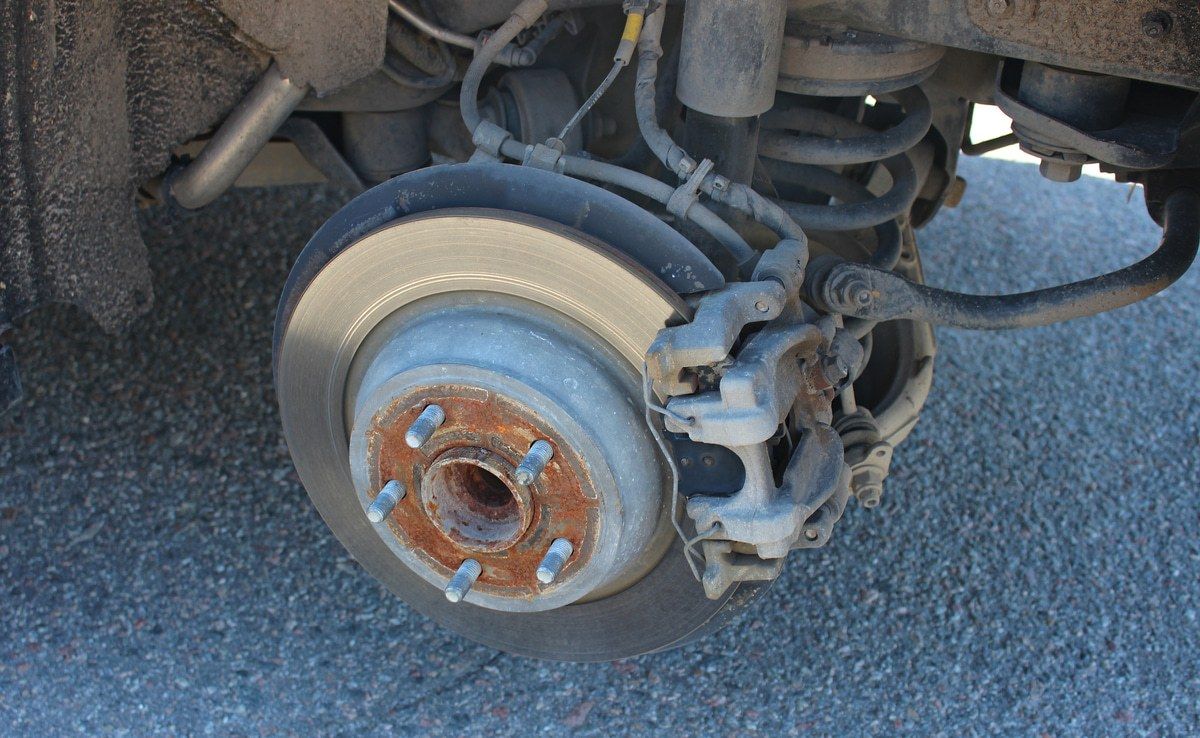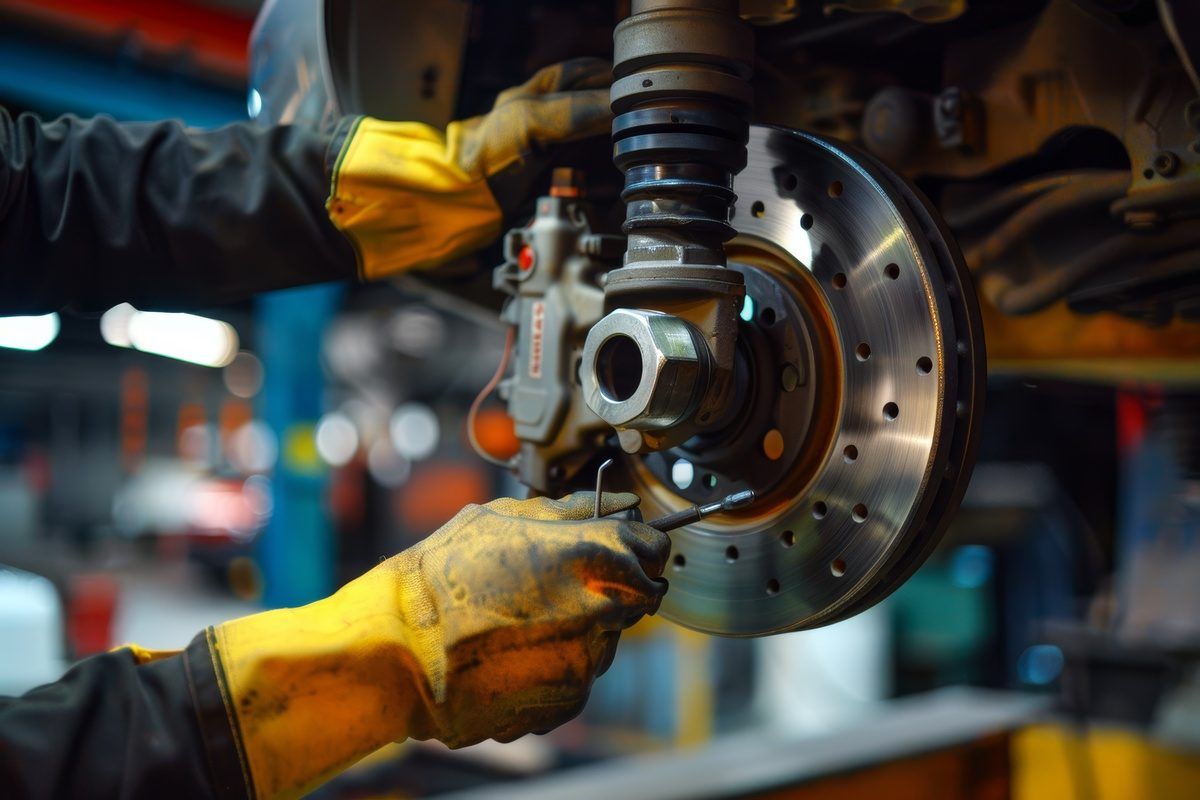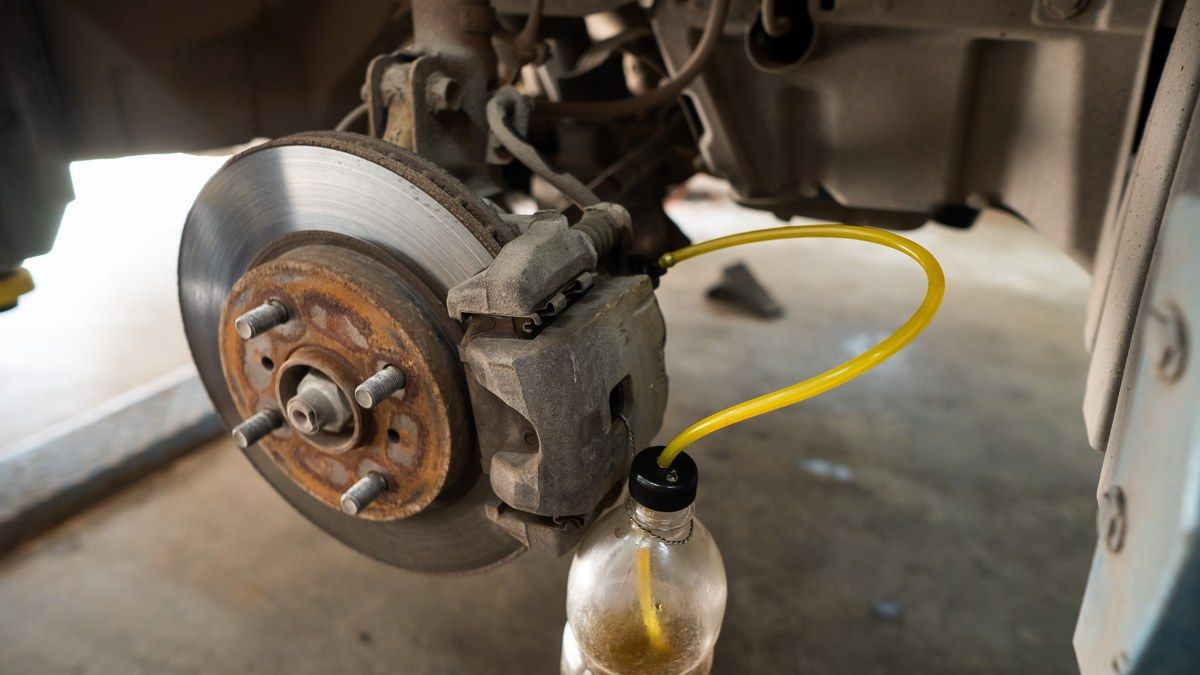Disc Brakes vs Drum Brakes: What's the Difference?
-
Written by Eric Riddles
-
Published on September 02, 2020
-
Category: Brakes
The braking system is a very important part of your vehicle. It also faces a lot of normal wear-and-tear and requires routine service. Keep reading to learn more about how your brakes work, the difference between disc and drum brakes, and when you should have them serviced.

What are Disc Brakes?
Newer vehicles usually have a disc brake system. Disc brakes are more common than drum brakes, but some vehicles use both braking systems. These brakes can be found on one or both axles, depending on the vehicle. Disc brakes consist of three main parts: the rotor, caliper, and brake pads. When you step on the brakes in your vehicle, the caliper causes the brake pads to squeeze the rotor. This creates friction which then slows the vehicle. The pros tend to outweigh the cons when it comes to disc brakes:
Pros
- More stopping power/shorter stopping distance
- Better performance in rain and snow
- Less likely to lock up during heavy braking
- Easier to service
- Self-cleaning
- Less grabbing/pulling
- Consistent performance due to better heat management
Cons
- More expensive to replace/repair
What are Drum Brakes?
Drum brakes also use a hydraulic pressure system, but the parts involved are a bit different from disc brakes. This style of brakes is found on the rear axle only. Drum brakes consist of a round drum, pistons, and brake shoes. When you press the brakes, brake fluid forces the pistons to push into the brakes shoes. The brake shoes then press against the drum, which is next to the wheel, and this creates the friction that slows the wheel.
Pros
- Less expensive to repair/replace
- Function better as parking brakes
Cons
- Less stopping power
- Requires cleaning
- Heat retention causes inconsistent performance
- Less reliable performance in rain and snow
Brake Service at Custom Complete Automotive
There are many factors that determine how often your brakes need to be serviced. The general rule of thumb is to have your brakes inspected every 12,000 miles (or once a year). Call a professional right away if you hear unusual sounds (like grinding or squealing) or feel a jerking sensations when you brake. A lot of dark dust on your wheels, brake warning lights on your dashboard, and increased stopping distance are also indicators that your brakes need to be serviced. At Custom Complete Automotive, we have over 40 years of experience working with brake systems on vehicles of all makes and models. To learn more about our services, or to schedule an appointment, contact us today!
Find an Auto Repair Shop Near You
We have multiple auto repair shops throughout Missouri located in Columbia, Jefferson City, and St. Louis.
Eric Riddles is an ASE Certified Master Automobile Technician who has been working as an auto mechanic since 1998 and originally joined the team at Custom Complete Automotive in 2005. Eric has numerous certifications in various aspects of car repair and spent 10 years training the next generation of auto technicians at a local high school Auto Shop classroom.



